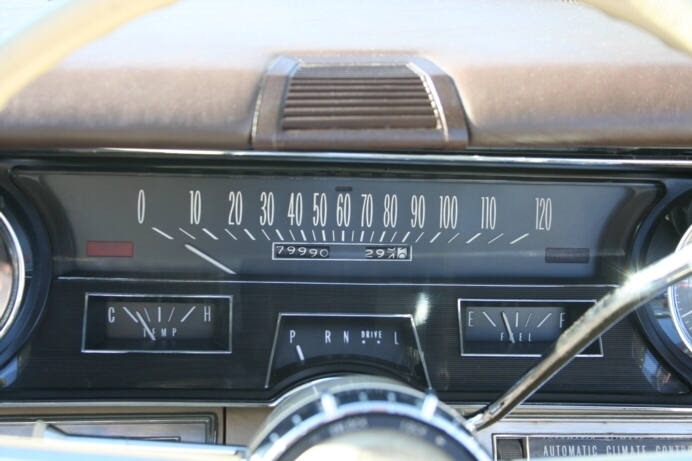Originally Posted By: Wilhelm_D
[
The flat head engine dated back to the 1930s.
It was a 195.6 cid engine.
It was a reasonably decent engine, but as with all flatheads prone to overheating under sustained heavy load. This is what happens when the hot exhaust travels through the cylinder block to the exhaust manifold.
In 1958 they made it into an OHV engine. The pushrods came up through the holes where the L-head valves used to be. Also the plates that covered the L-head valve adjustments were still there, although now decorative rather than functional.
As with all long-stroke straight sixes it was great at low end and not-too-hot at high speeds.
The aluminum version of it was junk. AMC had so many problems with it they sold a kit engine - a cast iron block engine with a pile of adapters for every kind of transmission and installation you could imagine, and shims for the front springs to bring the car back up to level.
So, was I right that in '65 (and we don't know which model the OP is talking about) the 232 and the 196 coexisted in various models?
I remember the aluminum Rambler six in the late '60s in a Scout leader's vehicle. I'm not sure I remember what year the car was. I know it was a wagon and I seem to remember '63. He had has good luck with it (up to that point anyway). I know he still had it when I went off to serve my country in the early '70s
So, Wilhelm, our apparent resident AMC expert, answering the OP's question on oil viscosity... where do you sit?
[
The flat head engine dated back to the 1930s.
It was a 195.6 cid engine.
It was a reasonably decent engine, but as with all flatheads prone to overheating under sustained heavy load. This is what happens when the hot exhaust travels through the cylinder block to the exhaust manifold.
In 1958 they made it into an OHV engine. The pushrods came up through the holes where the L-head valves used to be. Also the plates that covered the L-head valve adjustments were still there, although now decorative rather than functional.
As with all long-stroke straight sixes it was great at low end and not-too-hot at high speeds.
The aluminum version of it was junk. AMC had so many problems with it they sold a kit engine - a cast iron block engine with a pile of adapters for every kind of transmission and installation you could imagine, and shims for the front springs to bring the car back up to level.
So, was I right that in '65 (and we don't know which model the OP is talking about) the 232 and the 196 coexisted in various models?
I remember the aluminum Rambler six in the late '60s in a Scout leader's vehicle. I'm not sure I remember what year the car was. I know it was a wagon and I seem to remember '63. He had has good luck with it (up to that point anyway). I know he still had it when I went off to serve my country in the early '70s
So, Wilhelm, our apparent resident AMC expert, answering the OP's question on oil viscosity... where do you sit?
Last edited:





